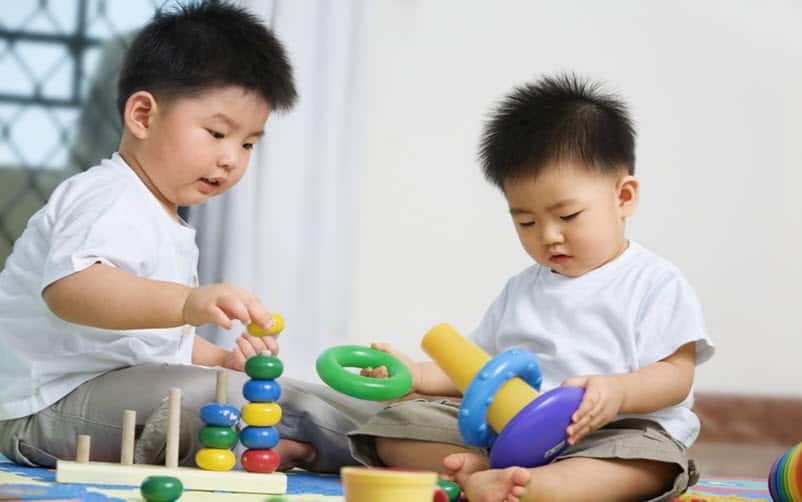Once upon a time, it was thought that adults always taught children how to do things.
There was an educational psychologist by the name of Lev Vygotsky that believed there was a “zone of proximal development” whereby one person who had acquired a skill would lead someone without a skill through this zone until the second person also acquired the skill. This was always thought to be the adult.
Since then, we have come to realize that children can be the ones doing the teaching. Sometimes we just need to sit and watch and engage in play with them to gather ideas. As they play, they are working and often come up with ideas we haven’t thought of.
This strategy that Vygotsky came up with is known as scaffolding and although it has advanced since he taught it in the early 1900s, it is still a great way to help children learn.
While it may seem wordy and at the start, not natural, by learning to scaffold correctly, parents can really enhance their child’s learning process.

There is any easy way to remember the steps: T O E S
T stands for TEACH
O stands for OBSERVE
E stands for ENHANCE and
S stands for SUPPORT
TEACH:
This is one of the most effective ways of extending learning by using the following steps.
OBSERVE:
- what your child is interested in
- how they go about it
- “what is it?” (describe object)
- “what does it do?” (describe action)
For example:
“You have chosen the yellow scarf. It is silky against your skin.” (describe object)
“Swish swish swish it goes in the air in front of you.” (describe the action)
ENHANCE:
- build on the child’s interest
- use open ended questions
- challenge without showing them
- describe and validate their choices
For Example:
- “Where else can you swish it?”
- (open ended question)
- “Can you swish it behind your back?”
- (challenge without showing them)“Over your shoulder behind your head. That’s a creative way to swish.”(describe and validate choices)
SUPPORT:
- make connections to something familiar
- information building
- imaginative play
- challenge new actions and tie to
- imaginative play
- repeat and draw conclusions
For example:
“It’s almost like a little bee darting through the garden.” (open ended question)
“Bees like to gather nectar from flowers to make honey.” (information building)
“Why don’t we buzz over to a flower.” (imaginative play)
“It’s almost like a little bee darting through the garden.” (open ended question)
“Bees like to gather nectar from flowers to make honey.” (information building)
“Why don’t we buzz over to a flower.” (challenge new actions and tie to imaginative play)
“Where are there more flowers? What else could be a flower?” (repeat)
“Where is the beehive? Near the cupboard? Great, let’s go there and use all of our nectar to make some honey.” (come to a conclusion)

